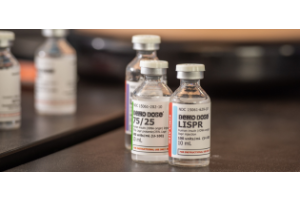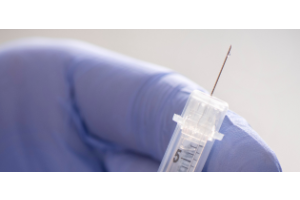Demo Dose
-
- May 20, 2025 8
Which medications are most represented in medical simulation?
In medical simulation training, the focus is on preparing healthcare professionals for common, high-stakes, or emergency situations. The most represented medications tend to fall into the following categories:
1. Emergency and Critical Care Medications
These medications are heavily featured in simulations involving cardiac arrest, trauma, sepsis, or anaphylaxis.
- Epinephrine – used in cardiac arrest, anaphylaxis, and severe asthma.
- Atropine – used in bradycardia and some poisoning scenarios.
- Amiodarone – for arrhythmias.
- Lidocaine – another antiarrhythmic, also used in local anesthesia.
- Naloxone (Narcan) – for opioid overdose.
- Adenosine – for supraventricular tachycardia (SVT).
2. Anesthetics and Sedatives
Used in surgical and airway management simulations.
- Propofol – sedative used in intubation and procedural sedation.
- Midazolam – benzodiazepine used for sedation and seizures.
- Fentanyl – for pain control, often in conjunction
-
- May 15, 2025 4
What are the benefits of using Demo Dose® products?
Demo Dose® products are widely used in healthcare training environments–such as in nursing schools, medical schools, pharmacy programs, EMT programs, and in hospital simulation labs–for safely practicing medication: dispensing, preparation, administration, and storage. Here are some key benefits of using Demo Dose simulated medications:
- Safe Practice
- Contains no active ingredients, so there's no risk to students or patients during training.
- Allows for repeated practice without safety concerns.
- Packaging clearly indicates intended usage protocol; Demo Dose medications are not for human or animal use and are simulated (NOT REAL).
- Realistic Simulation
- Designed to look, feel, and function like real medications, which helps learners become familiar with:
- Drug names
- Packaging
- Dosage calculations
- Administration techniques (routes: oral, IV, IM, SQ, etc.)
- Boosts Confidence
- Trainees can practice skills multiple times, building muscle memory and
- Safe Practice








Validate your login
Log In
Create New Account